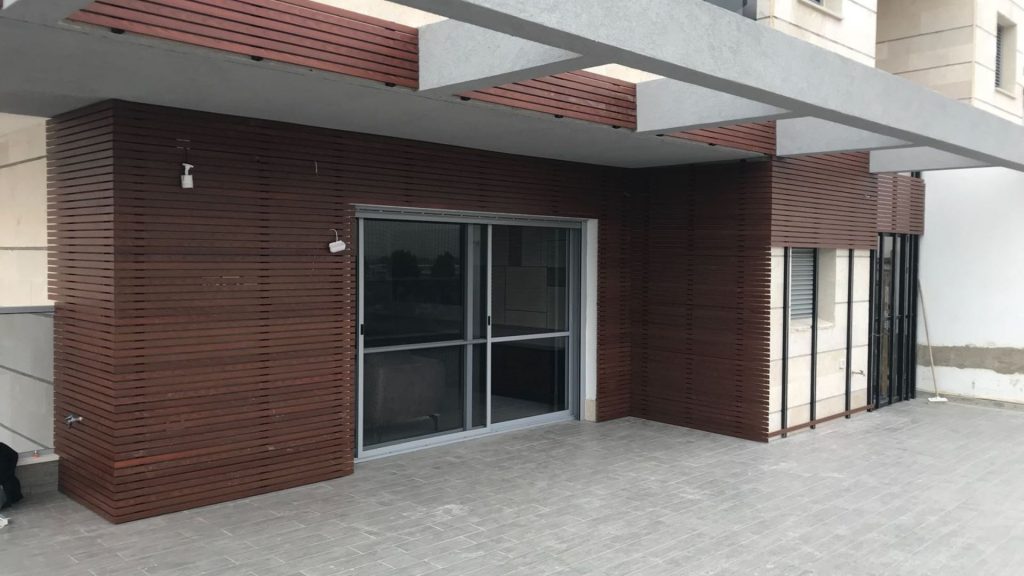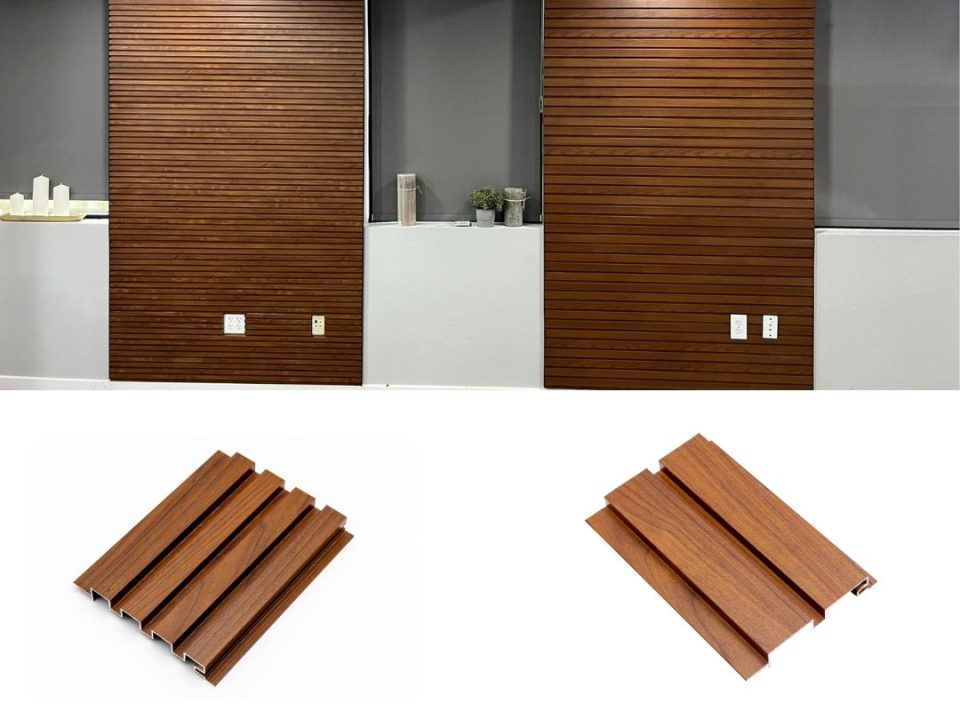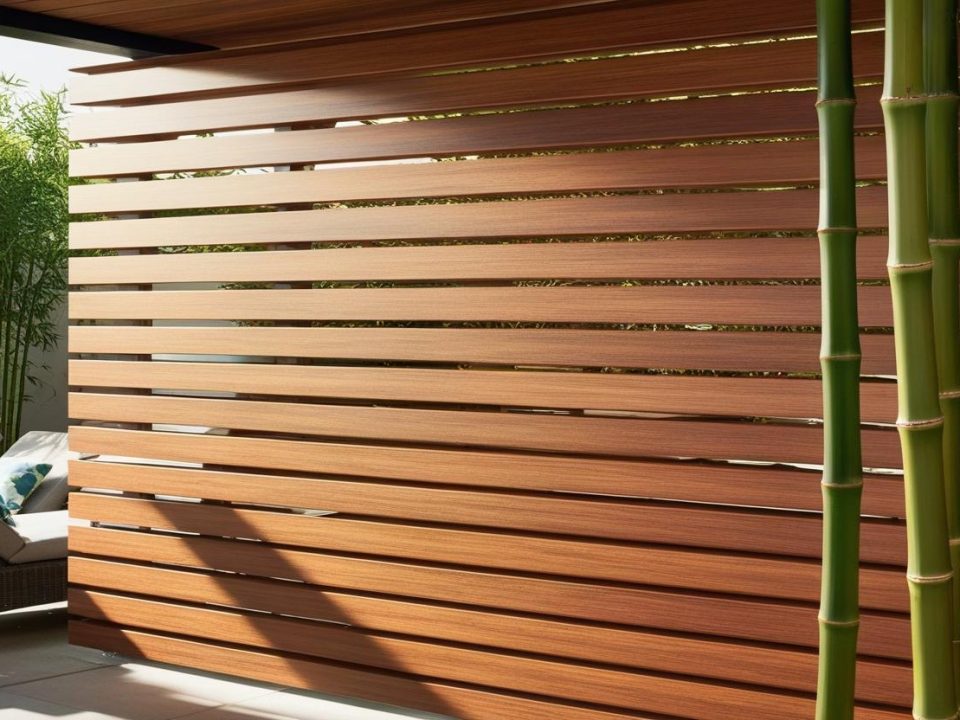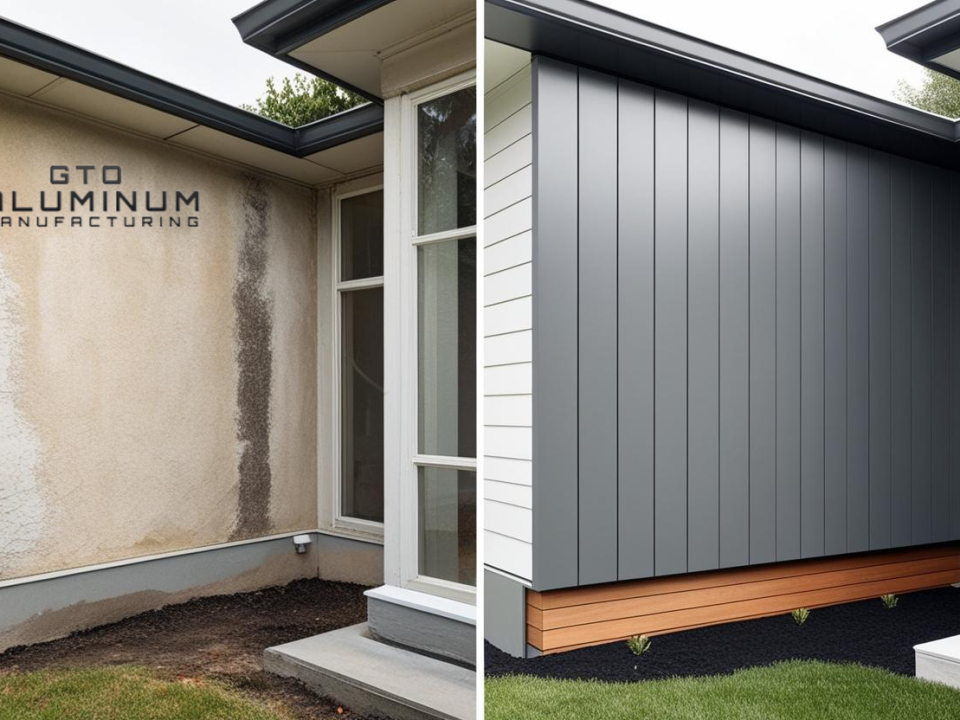
How to Protect Coastal Properties: The Ultimate Guide to Aluminum Cladding vs. Salt and Moisture

LEED Certification Made Easy: How Aluminum Cladding Helps You Go Green

As the construction industry increasingly prioritizes sustainability, aluminum cladding is emerging as a key player in the push towards greener building practices. Its unique properties make it an ideal choice for architects and builders who aim to reduce environmental impact while maintaining high standards of durability, flexibility, and aesthetic appeal. Here’s why aluminum cladding is considered the green building material of the future.
1. Infinite Recyclability and Reduced Waste
One of aluminum’s standout features is its ability to be recycled indefinitely without losing its quality. This is a critical advantage in a world where reducing waste and conserving resources are top priorities.
In fact, about 75% of all aluminum ever produced is still in use today, highlighting its role in promoting a circular economy. Using recycled aluminum in construction not only conserves natural resources but also significantly reduces the energy required to produce new materials.
2. Energy Efficiency and Thermal Performance
Aluminum cladding plays a crucial role in enhancing a building’s energy efficiency. Its reflective properties help reduce heat absorption, which is particularly beneficial in warmer climates, where it can lower the need for air conditioning. Additionally, aluminum can be engineered for excellent insulation, contributing to better thermal performance of buildings.
This dual capability of reflecting heat and improving insulation makes aluminum cladding a smart choice for reducing energy consumption in both residential and commercial buildings.
3. Lightweight and Durable
Aluminum’s lightweight nature reduces the energy and costs associated with transportation and installation. This contributes to a smaller carbon footprint for construction projects. Despite being lightweight, aluminum is incredibly durable, resistant to corrosion, and capable of withstanding harsh environmental conditions, including extreme temperatures and humidity.
These properties ensure that buildings constructed with aluminum cladding require less maintenance and have a longer lifespan, further enhancing their sustainability.
4. Alignment with Green Building Certifications
Aluminum cladding is increasingly being recognized in green building certification programs like LEED (Leadership in Energy and Environmental Design). Its high recyclability, energy efficiency, and durability contribute to higher sustainability ratings for buildings.
By incorporating aluminum into construction projects, builders can earn points in various categories, including Materials and Resources, Energy and Atmosphere, and Innovation, making it easier to achieve these certifications.
5. Aesthetic Versatility and Design Flexibility
Beyond its environmental benefits, aluminum cladding offers remarkable design flexibility. It can be customized in various colors, textures, and finishes, allowing architects to create visually stunning structures that also meet sustainability goals. This versatility makes aluminum an appealing choice for a wide range of architectural styles, from sleek modern designs to more traditional aesthetics.
6. Low-Carbon Production and Future Innovations
As the construction industry moves towards low-carbon solutions, aluminum stands out due to advances in its production processes. For example, the use of low-carbon aluminum, produced with renewable energy, significantly reduces the material’s carbon footprint.
Innovations like 3D printing with aluminum are also on the horizon, promising to revolutionize sustainable building practices by offering even more design freedom and reducing waste.
Conclusion
Aluminum cladding is not just a material of the present but a cornerstone of sustainable construction in the future. Its infinite recyclability, energy efficiency, durability, and design flexibility make it an indispensable resource for architects and builders committed to reducing environmental impact.
As the industry continues to evolve towards greener practices, aluminum cladding will undoubtedly play a pivotal role in shaping the future of sustainable building.





